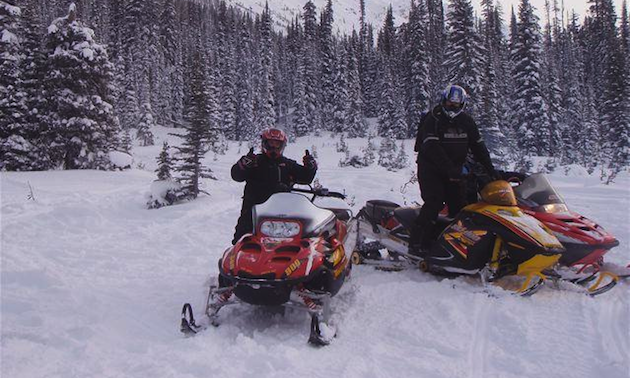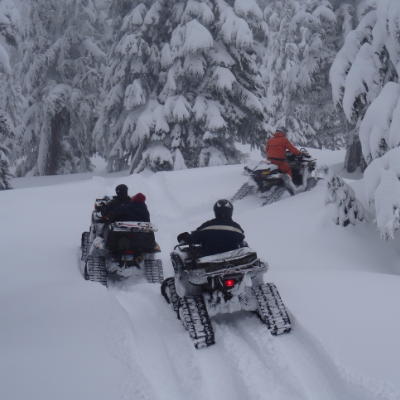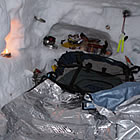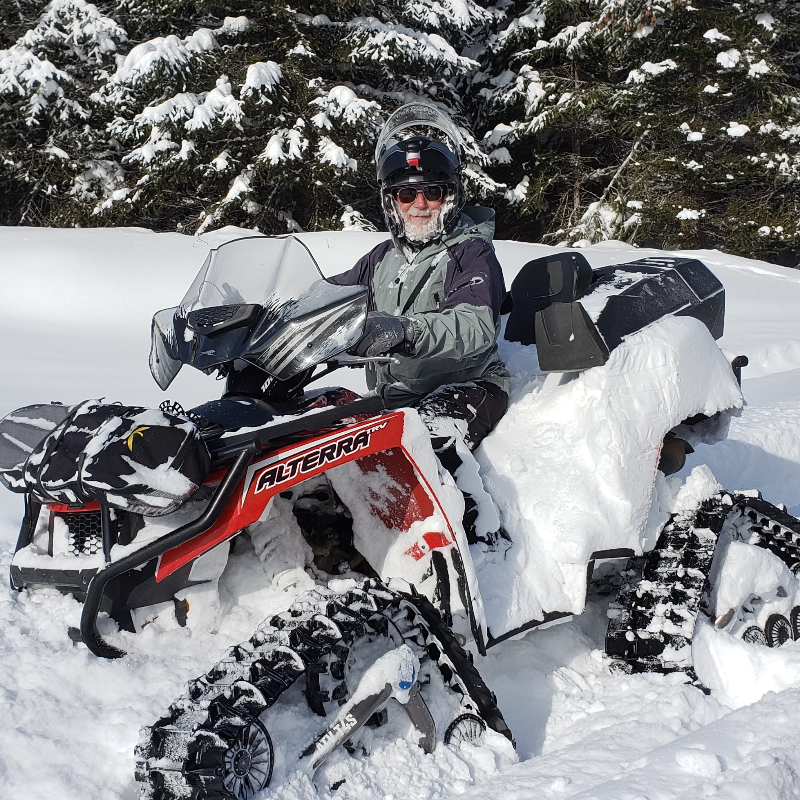Over the years we have run field sessions in all types of crazy weather. It is rare that we have perfect weather on a field day.
Sometimes we are in the bitter cold, usually in the wind with snow puking down, but the worst is when it rains. It is a bit of a gamble to pre-register for any event in life. Unfortunately, this is a reality that we deal with in most of our business and personal activities.
This article is written in response to some students who have requested to switch their field sessions at the last minute due to weather factors.
Part of an avalanche safety course is to prepare backcountry users to deal with their environment. Accidents usually happen in less than ideal conditions and we need to know how to be prepared and function in stressful and uncomfortable conditions.
During the field dates, we make every effort to keep the participants comfortable. We choose riding areas with a grooming program, trees and access to heated cabins for emergencies. If necessary, the field session locations and order of exercises are modified to minimize weather influences.
Hints for the cold
- Loose fitting boots.
- Thick soles to get your feet off the snow. Even stand on a ThermaRest or any insulator that gets you off the snow when standing for extended periods of time.
- Boots with multiple REMOVABLE liners work well, rated for -40 if available. Removable liners allow you to completely dry out the entire boot.
- Loose fitting thermal socks (socks that are designed to wick the moisture from your feet and insulate as well. SmartWool is an example.
- Gloves that are windproof as well as warm. We sometimes duct-tape the back side of the gloves to keep out the wind.
- Ensure that the electric hand warmers are working on your sled.
- Use the small (chemical) hand warmers inside gloves and boots.
- Wear the full face helmet instead of the motocross helmet with goggles.
- Use the breath guard to protect your face from frostbite.
- Stop periodically to check your friend for frostbite.
- Make sure all goggle vents and clothing vents are closed. Duct-tape the vents that can’t be closed.
- Use duct tape on the inside of the mouthpiece of a motocross helmet. It works well and is not visible.
- To keep the goggles free of frost, drop the visor or put on the goggles as the LAST thing that you do before moving your sled
- Pop the visor or goggles off immediately after stopping. Without the air movement, your breath tends to freeze to the lenses—no fun.
- Try to use a balaclava that is made of a fleece-type material rather than a silky one, Double up on really cold days.
- Ensure that your neck is well protected.
- Choose a jacket with a zip-on or tuck-in hood. It might not be necessary while riding, but you’ll appreciate it once parked.
- Bring mitts in case the gloves are too chilly.
- Layer two toques, light and heavy.
- Wear layers of loose-fitting clothing.
- Invest in the best quality base layers you can afford. You won’t regret it.
- No cotton!
- Wear warm clothing rather than fashionable stuff. No one cares if it matches.
- Bring extra layers just in case. In my pack I carry a full change of base layers and a light down jacket with a low packing volume, sized to fit over my primary jacket.
- Bring hot drinks.
- Eat high-energy and high-protein foods to keep the body building heat. Nuts, cheese, meat, energy bars and a big breakfast are just some examples
- Pack a bivy sack or tarp for shelter from wind. Tinfoil emergency blankets are not adequate.
- Remember, when it comes to outdoor equipment, you get what you pay for.
Hints for the rain
- Bring a large plastic bag to shield your backpack. Even throw one over yourself. It is easier to stay dry than to try to dry out wet gear.
- Wear waterproof and breathable clothing such as Gore-tex and eVent. Be sure to always wash all specialty fabrics with the correct detergent for the products, Nikwax is an example. Regular laundry soap will not maintain the breathability of the fabrics. Most of the time when we are wet it isn’t because the water leaked in, it is because the pores in our clothing are plugged and our inner moisture cannot get out.
- Duct-tape or use gaiters to bind your pant legs to your boots so that they don’t collect snow that will melt into your clothing.
- Wear waterproof boots. A not-so-wonderful solution but a quick fix is to put plastic bags over your liners in boots that are not fully waterproof.
- Bring extra gear to change into for the ride back to the trucks.
- Use the waterproof/breathable spray on products if it is designed for your clothing.
Hints for the sun
- People are often surprised at the strength of the sun on a winter’s day. We are working on the snow, which is a serious reflector of the sunlight.
- Wear good sunglasses, polarized if possible.
- Wear sunscreen and reapply throughout the day.
- Ensure that your goggles have some degree of UV protection.
Pack smart. It pays off.







